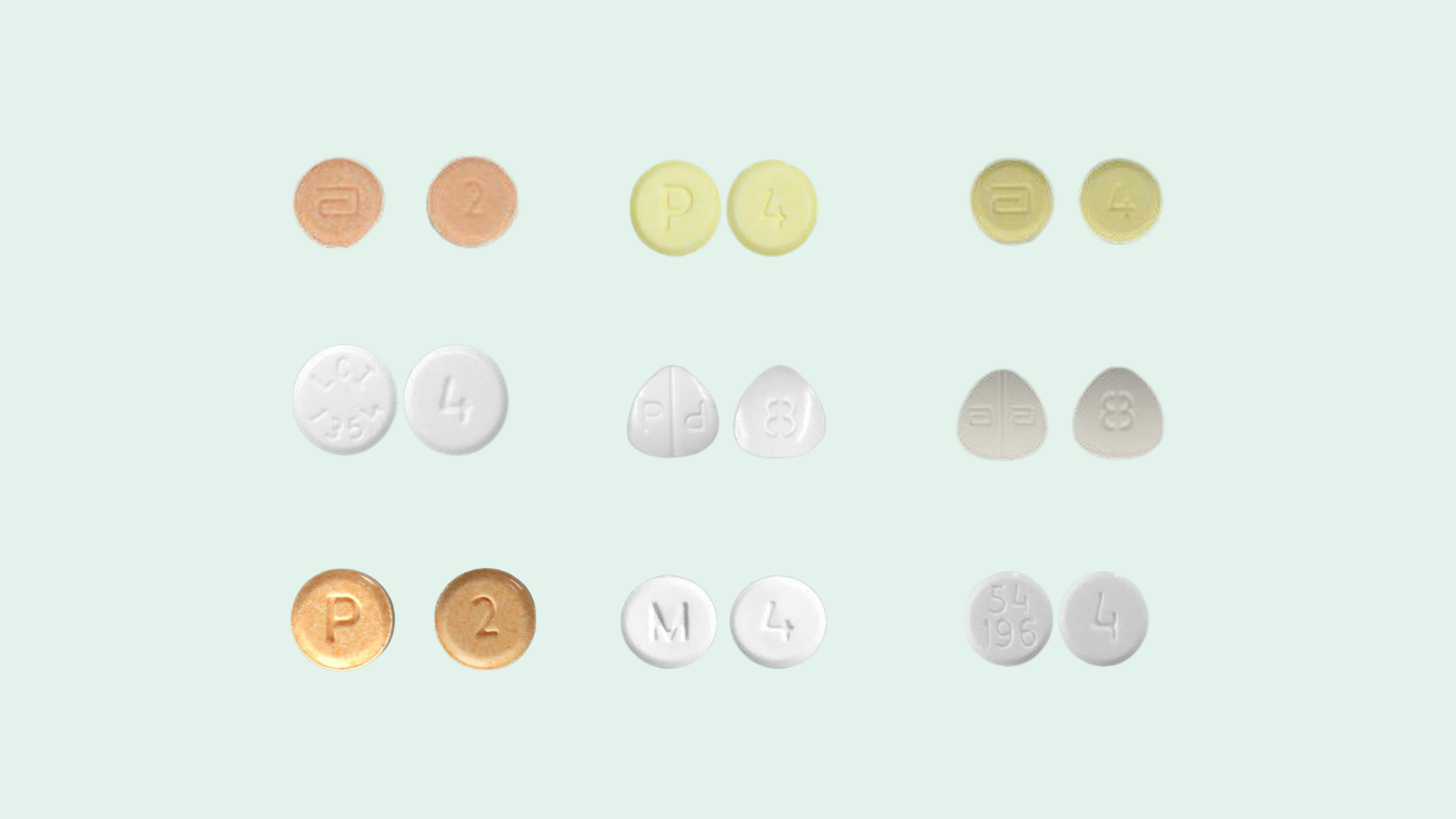What to Expect
What is Hydromorphone Addiction?
Hydromorphone is a Schedule II controlled substance, meaning it has accepted medical uses but also a high potential for abuse and dependence. When taken as prescribed, hydromorphone can produce a sense of euphoria and relaxation, leading some individuals to seek out the drug for non-medical purposes. Continued misuse of hydromorphone can quickly result in the development of tolerance and physical dependence, hallmarks of addiction.The Physiological Aspects of Hydromorphone Addiction
Hydromorphone exerts its effects by interacting with the opioid receptors in the brain, altering the perception of pain and triggering the release of dopamine, a neurotransmitter associated with the brain’s reward system. Over time, the brain becomes accustomed to the presence of hydromorphone, requiring increasingly higher doses to achieve the desired effects. This leads to physiological dependence, where the body experiences withdrawal symptoms when the drug is discontinued or reduced.The Psychological Factors of Hydromorphone Addiction
In addition to the physical aspects of hydromorphone addiction, there are also significant psychological components. Individuals may develop a preoccupation with obtaining and using the drug, leading to changes in mood, behavior, and decision-making. The euphoric effects of hydromorphone can also reinforce the addictive cycle, as the user seeks to recapture the pleasurable sensations associated with use.The Stages of Hydromorphone Addiction Treatment
Effective treatment for hydromorphone addiction typically involves a multi-faceted approach, addressing both the physical and psychological aspects of the disorder. The stages of treatment often include- Detoxification. The first step in the recovery process is medical detoxification, where the individual is safely and gradually weaned off hydromorphone under the supervision of healthcare professionals. This helps mitigate the severe withdrawal symptoms that can occur when the drug is abruptly discontinued.
- Inpatient rehabilitation. Following detox, many individuals with hydromorphone addiction benefit from a period of inpatient rehabilitation. This level of care provides 24-hour support, comprehensive therapies, and a structured environment to address the underlying causes of the addiction and develop healthy coping mechanisms.
- Outpatient treatment. As the individual progresses in their recovery, they may transition to an outpatient treatment program. This allows them to continue receiving therapy and support while gradually reintegrating into their daily lives and responsibilities.
- Medication-assisted treatment (MAT). Certain medications, such as buprenorphine or methadone, may be used in conjunction with behavioral therapies to help manage cravings, reduce the risk of relapse, and facilitate long-term recovery from hydromorphone addiction.
- Aftercare and ongoing support. Maintaining recovery from hydromorphone addiction requires ongoing support and lifestyle changes. This may include participation in support groups, continued counseling, and the development of a strong social support network.

